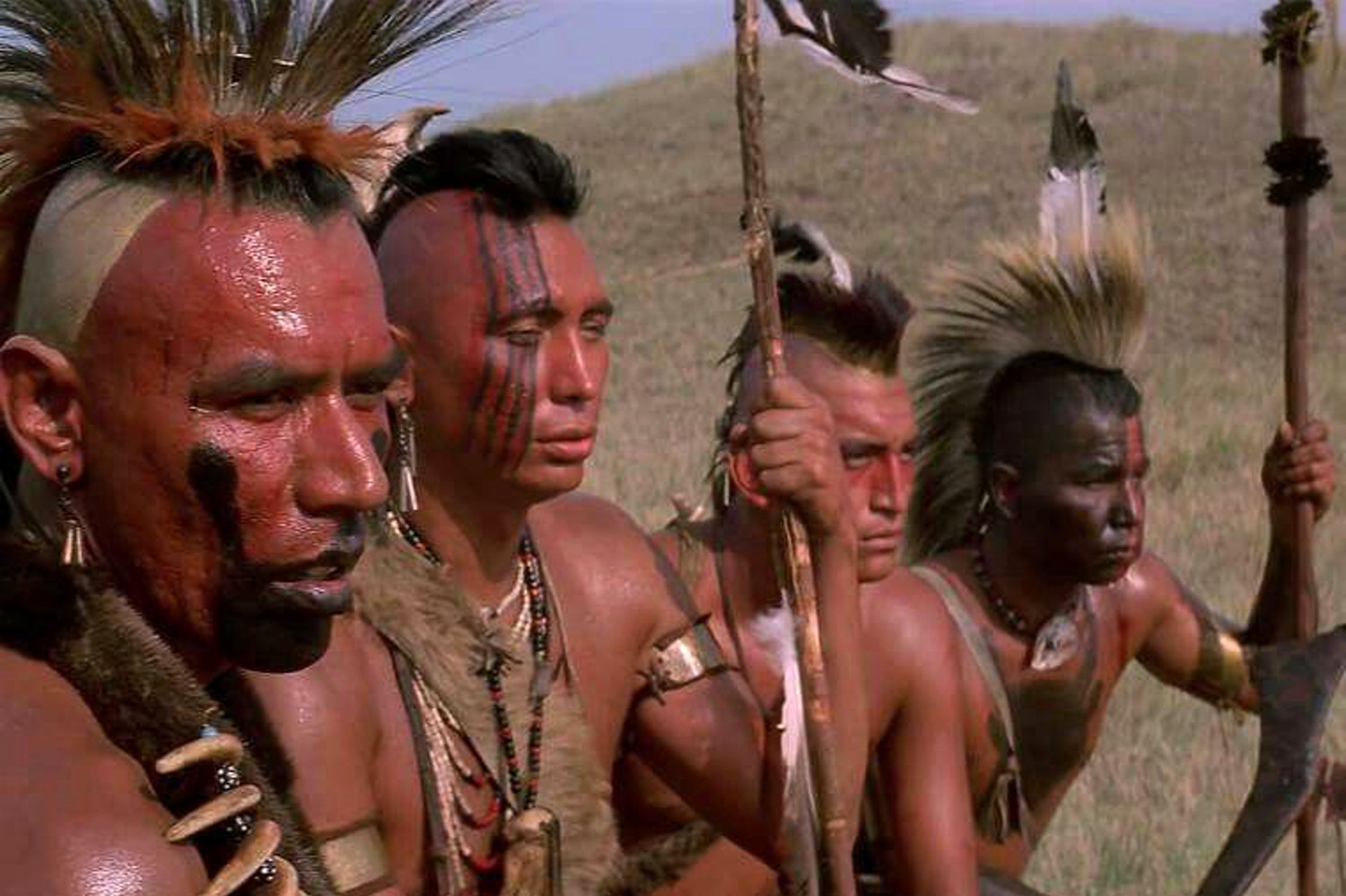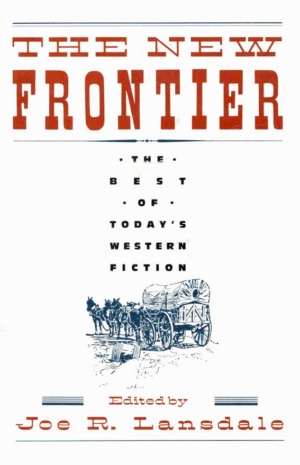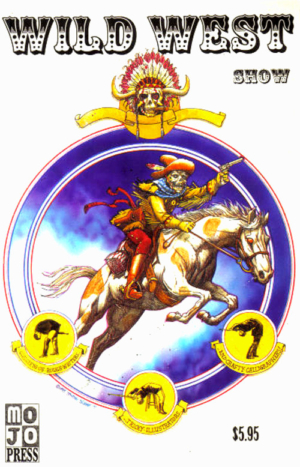Estimated reading time is 7 minutes.
STEAM ENGINE TIME is the name of a concept that many readers should be familiar with. It’s also the title of a short story that most readers will not be familiar with. This story was written by Lew Shiner, who might be known to some readers for novels like Glimpses and Deserted Cities Of The Heart.
The concept of “steam engine time” refers to the invention of the first practical, modern steam engine by James Watt in 1775. For the longest time, Watt was credited in history books as the sole inventor, a man who saw and did what others missed. Watt was justly celebrated as an important inventor and (unwitting) contributor to the good and evil of the Industrial Revolution.
But with time and the accumulation of data, historians became aware that at the same time that Watt was working on his machine, other scientists, engineers, and inventors in other countries were working along the same lines. Watt just beat them all to the finish line!
Today the term steam engine time is used regularly—especially in the science fiction community—and generally refers to a point in time where various factors (knowledge, technology, culture, even finance) intersect in such a way as to allow a “miraculous” invention or achievement to occur that look all but inevitable in hindsight.
New Frontier – The Best of Today’s Western Fiction was edited by Joe Lansdale and published by Doubleday in 1989.
This time he liked what he saw
“Steam Engine Time” was first published in New Frontier – The Best of Today’s Western Fiction in 1989 and has become a cult favorite of Elvis fans. That is if you’re a well-read Elvis fan. At 2,700 words, it will take up about ten minutes of time for the average reader. Unless, of course, you stop occasionally to ask yourself, “What the hell does he mean by that?” or “Is that about what I think it’s about?” 1
The story is set in Austin, Texas, during the last years of the 19th century. Except that things are just a little off—as though it’s an Austin in an alternative universe. Like Clint Eastwood’s character in the spaghetti westerns, the protagonist doesn’t have a name—he’s just the Kid. Here’s the opening:
“The Kid turned up the gaslight in his room. The pink linen wallpaper still looked a little dingy. Ever since J. L. Driskill had opened his new place in December of ’86 the Avenue Hotel had been going downhill.
There was a framed picture on the wall and the Kid had been staring at it for an hour. It was an engraving of a Pawnee Indian. The Indian’s head was shaved except for a strip of hair down the middle. There were feathers in what hair he had, and it hung down over his forehead.
He compared it to what he saw in the mirror. He was pretty badly hung over from jimson weed and unlabeled whiskey the night before. His fine yellow hair went every which way and his eyes were mostly red. He got out his straight razor, stropped it a couple of times on his boot, and grabbed a hank of hair.
What the hell, he thought.
It was harder to do than he thought it would be, and he ended up with a lot of tiny cuts all over his head. When he was done he took the razor and used it to cut the bottom off his black leather duster coat. He hacked it off just below the waist. For a couple of seconds he wondered why in hell he was doing it, wondered if he’d lost his mind. Then he put it on and looked in the mirror again and this time he liked what he saw.
It was just right.
•
There’d been a saloon at the corner of Congress Avenue and Pecan Street pretty much from the time Austin changed its name from Waterloo and became the capital of Texas. These days it was called the Crystal Bar. There was an overhang right the way round the building, with an advertisement for Tom Moore’s 10 cent cigars painted on the bricks on the Pecan Street side. The fabric of the carriages at the curb puffed out in the mild autumn breeze.
The mule cars were gone and the street cars were electric now, thanks to the dam that opened in May of the year before. They were calling Austin ‘the coming great manufacturing center of the Southwest.’ It was the Kid’s first big city. The electric and telegraph wires strung all over downtown looked like the history of the future, block-printed across the sky.
The Kid was a half-hour late for a two-o’clock appointment with the Crystal’s manager. The manager’s name was Matthews, and he wore a bow tie and a starched collar and a tailormade suit. ‘Do you know Grand-Father’s Clock is Too Tall for the Shelf?’ Matthews asked the Kid.
The Kid had kept his hat on. ‘Why sure I do.’ He took his steel-string Martin guitar out of the case and played it quiet with his fingers. ‘It was bought on the morn of the day he was born/And was always his treasure and pride/But it stopped—short—never to go again/When the old man died.’
I’m going to God-damned puke, the Kid thought.
‘Not much of a voice,’ Matthews said.
‘All I want is to pass the hat,’ the Kid said.”
Okay, at this point you’re supposed to be wondering how in tarnation a story that opens like that has anything to do with Elvis Presley and why is this article appearing in a blog all about Elvis. Let’s put it this way: I am an Elvis fan and I asked Lew Shiner if this story was about Elvis and—without recourse to a single exclamation mark—he assured me it was!
The full story is 2,700 words long while the section above is only 560 words. To read Mystery Train in its entirety, click here.
Then come on back here. And now it’s spoiler alert time: read on here without first reading on over there and this read will spoil that read when you eventually do read what I recommended you read. 2
Shiner adapted his story for the Mojo Press anthology of western-based stories Wild West Show (1996, 96 pages). The art for Steam Engine Time was done by Doug Potter.
Too far ahead of his time
If you’ve read the story, you know that the Kid meets an older man who tries to teach him something about the possibilities of success and happiness, and about life and timing:
“Well, they had all the pieces of that steam engine lyin’ around for hundreds of years. Wasn’t nobody knew what to do with ‘em. Then one day five, six people up and invent a steam engine, all at the same time. Ain’t no explanation for it. It was just steam engine time.”
Okay, Shiner’s story is a clever rewriting of an Elvis-like protagonist, although you might not pick that upon first reading. The Kid’s styles, both musical and sartorial, are well ahead of their time, as was Elvis’s in the ’50s. As Shiner states:
“It’s about Elvis, of course, though I don’t know how many people got that. What if Elvis had been born fifty years too early? Growing up around black sharecroppers, loving black music, but simply too far ahead of his time to have a chance?
The racism in US music around the turn of the 20th century was appalling; Stephen Foster, who was universally revered when I was growing up, was responsible for a slew of vile, condescending musical caricatures.” 3
So I can not only recommend “Steam Engine Time” to Elvis fans but to rock & roll fans in general but also to readers of science-fiction and speculative fiction.
lew shiner, elvis, and “steam engine time” Click To Tweet
FEATURED IMAGE: I could have gone looking for something resembling a 19th-century engraving of a Pawnee, but then I would have missed an opportunity to plug one of my faveravest movies, Dances With Wolves. Cherokee actor Wes Studi (above left) portrayed a Pawnee warrior who neither expected quarter from the white man nor was in a hurry to give it to the white man.
The unexpected and unprecedented success of the movie along with Graham Greene’s being nominated for the Academy Award for Best Supporting Actor gave Native American actors a huge boost! According to the Screen Actors Guild, the number of Native Americans in lead and supporting roles were less than a 100 in 1985, but grew to more than 400 a year following the movie!
____________
FOOTNOTES:
1 The answer to the first question varies but the answer to the second one is easy: Yes, it is.
2 Lew Shiner came to prominence in the science fiction field, when his novel Frontera (1984) became a progenitor of the cyberpunk movement. Since then, he has written in many genres, including western and mainstream fiction. But he came to my attention when I read two novels that defy easy categorization: Deserted Cities Of The Heart (1988) and Glimpses (1993), both of which remain among my faveravest novels ever!
3 From correspondence with Lew Shiner.
Mystically liberal Virgo enjoys long walks alone in the city at night in the rain with an umbrella and a flask of 10-year-old Laphroaig who strives to live by the maxim, “It ain’t what you know that gets you into trouble; it’s what you know that just ain’t so.
I’ve been a puppet, a pauper, a pirate, a poet, a pawn, and a college dropout (twice!). Occupationally, I have been a bartender, jewelry engraver, bouncer, landscape artist, and FEMA crew chief following the Great Flood of ’72 (and that was a job that I should never, ever have left).
I am also the final author of the original O’Sullivan Woodside price guides for record collectors and the original author of the Goldmine price guides for record collectors. As such, I was often referred to as the Price Guide Guru, and—as everyone should know—it behooves one to heed the words of a guru. (Unless, of course, you’re the Beatles.)







